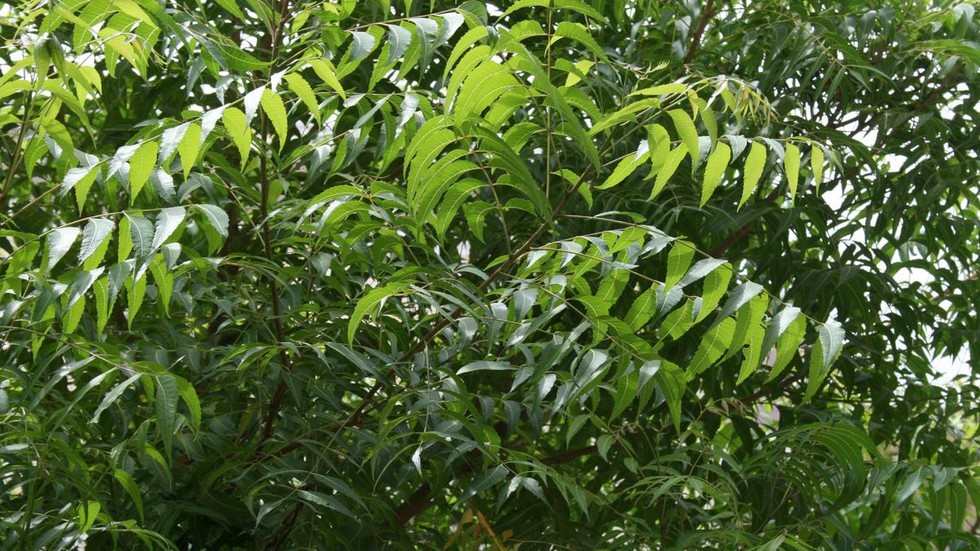Free Courses Sale ends Soon, Get It Now


Free Courses Sale ends Soon, Get It Now



Context: The disease posing a threat to the neem trees has been identified as twig blight and dieback disease in Telangana
Details:
© 2024 iasgyan. All right reserved